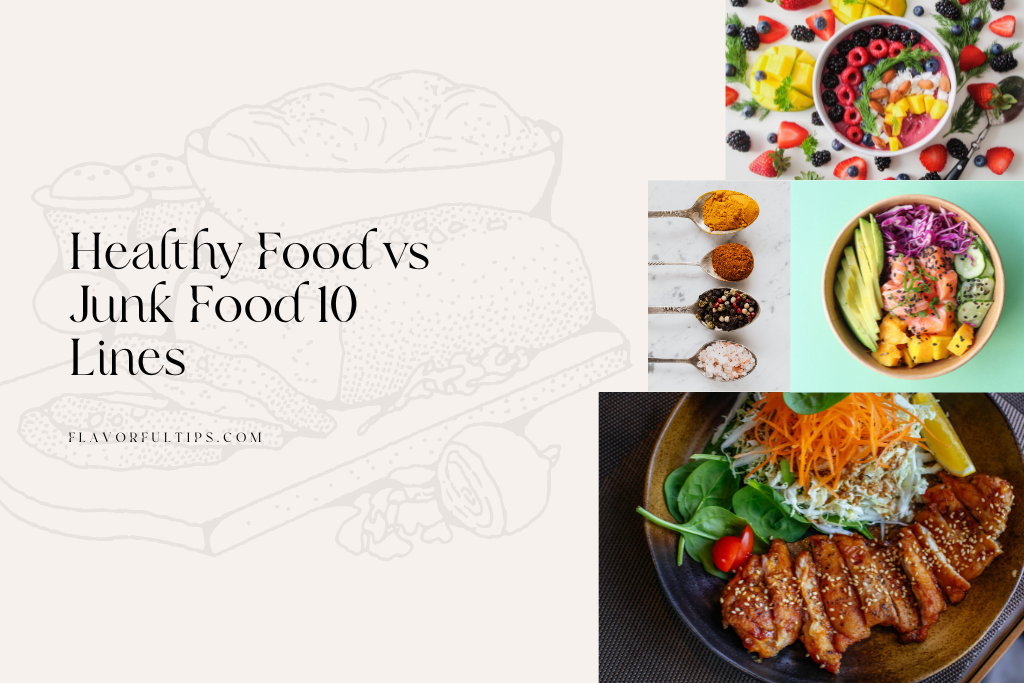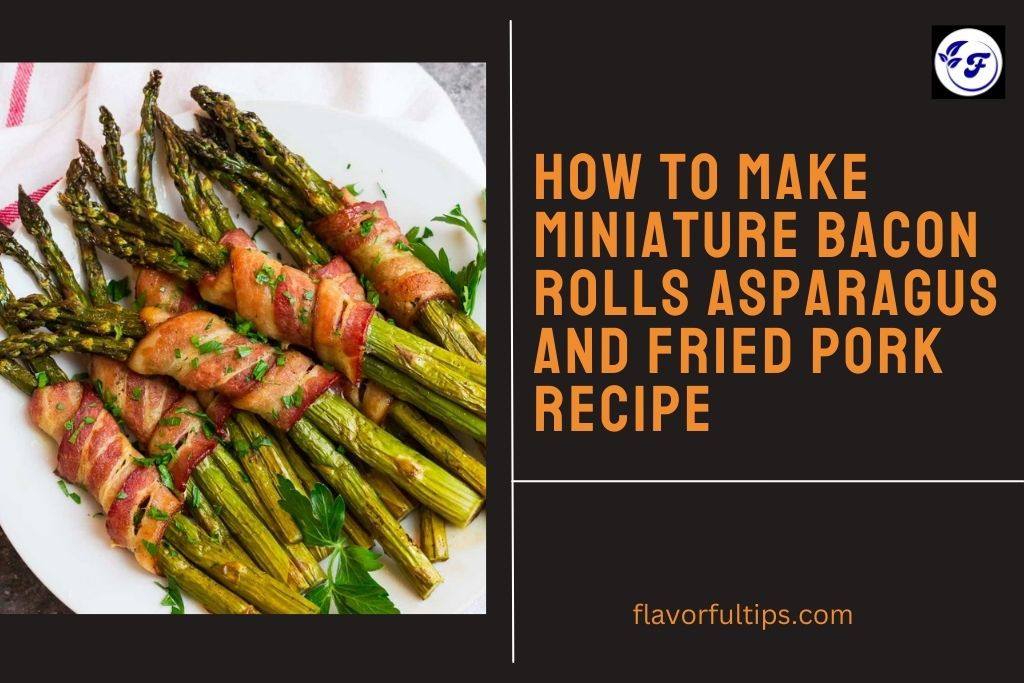In the fast-paced world of food service and preparation, ensuring the safety and quality of the food we serve is paramount. Foodborne illnesses can have serious consequences not only for individuals but also for businesses and the broader community. To minimize these risks, strict food safety protocols are in place, including guidelines for hand hygiene and the handling of open wounds. This brings us to an important question: which item must be applied over a bandage on a food handlers finger?
In this blog, we’ll explore the significance of bandages in food handling, the types of suitable bandages, the key considerations for bandage application, and the role of an approved barrier over the bandage.
| Also Read: 50+ Healthy Meal Prep Ideas High Protein |
The Significance of Bandages in Food Handling
Before delving into the specifics of what to apply over a bandage, let’s first understand why bandages are a crucial element in food handling. Bandages serve as a simple yet effective means of preventing the spread of pathogens.
When a food handler sustains a minor cut, scrape, or burn on their finger, the exposed wound can potentially introduce harmful microorganisms into the food they handle. By applying a bandage, this risk is significantly reduced.
Furthermore, the use of bandages is not just a good practice; it’s often a legal requirement. Food safety regulations, such as those set forth by the Food and Drug Administration (FDA) in the United States, mandate that food handlers cover any wounds on their hands or fingers with a suitable bandage (1). This is a crucial part of compliance with these regulations and helps maintain the highest standards of food safety.
Types of Bandages Suitable for Food Handlers
Now that we understand why bandages are essential, let’s explore the different types of bandages suitable for food handlers. The choice of bandage should depend on the nature and location of the wound, as well as the specific requirements of your workplace.
Here are some common types of bandages to consider:
Fabric Bandages
Fabric bandages are a popular choice for minor cuts and abrasions. They are breathable and comfortable, making them suitable for finger injuries. Ensure that the fabric bandage is of high quality and adheres securely to the skin.
Waterproof Bandages
Waterproof bandages are designed to repel water and moisture, making them ideal for food handlers who may come into contact with liquids. These bandages maintain their integrity even when exposed to water, ensuring that the wound remains protected.
Finger Cots or Finger Sleeves
Finger cots or finger sleeves are specialized coverings that fit snugly over the injured finger. They are easy to use and provide a barrier between the wound and the food being handled. These are particularly useful for wounds on the fingertips.
Gauze Pads and Tape
For larger wounds or burns, gauze pads and medical tape can be used. However, it’s essential to ensure that the gauze and tape are applied securely and do not present any loose ends that could potentially contaminate food.
Key Considerations: Which Item Must Be Applied Over a Bandage on a Food Handlers Finger
The effectiveness of a bandage in preventing contamination depends on how well it is applied. Here are some key considerations for proper bandage application:
- Properly Clean and Disinfect the Wound: Before applying a bandage, it’s crucial to clean the wound thoroughly with soap and water. This always helps remove any dirt or bacteria that may be present. After cleaning, use an antiseptic to disinfect the wound. Allow it to dry before applying the bandage.
- Choose an Appropriate Bandage Type: As mentioned earlier, the type of bandage you choose should depend on the nature of the wound. Ensure that the bandage is the right size to cover the wound completely.
- Ensure a Secure and Waterproof Seal: The bandage should be applied in a way that creates a secure and waterproof seal around the wound. This prevents any moisture or contaminants from entering the wound.
- Maintaining Cleanliness and Hygiene: Food handlers must maintain proper hand hygiene, even when wearing a bandage. This includes regular handwashing and using hand sanitizer as needed. The bandaged finger should also be kept away from ready-to-eat food items whenever possible.
The Role of an Approved Barrier Over the Bandage
While a bandage is an essential first step in wound management for food handlers, it’s not the only precaution that should be taken.
An approved barrier over the bandage adds an extra layer of protection and minimizes the risk of contamination. So, what should be applied over the bandage? Let’s explore the options:
- Food-Safe Gloves: Food-safe gloves are a commonly used barrier over bandages. These gloves are designed for use in food handling and are made from materials that are safe for contact with food. When wearing gloves over a bandage, it’s essential to make sure a snug fit to prevent any potential slippage.
- Finger Cots or Finger Sleeves: As mentioned earlier (for Which Item Must Be Applied Over a Bandage on a Food Handlers Finger), finger cots or finger sleeves can be used both as bandages and barriers. When properly fitted, they cover the bandaged finger and act as a protective barrier, preventing direct contact between the bandage and food.
- Adhesive Tape or Bandage Covers: In some cases, adhesive tape or bandage covers may be used as barriers. These can help secure the bandage in place and provide an additional layer of protection. However, it’s crucial to ensure that the tape or cover is also food-safe.
When to Use Each Type of Barrier
The choice of barrier over the bandage should be based on several factors:
- Nature and Location of the Wound: The type and location of the wound play a significant role in determining the appropriate barrier. For small cuts or wounds on the fingertips, finger cots or finger sleeves may be sufficient. For larger wounds or those on other parts of the hand, food-safe gloves or adhesive tape may be more suitable.
- Workplace Policies and Guidelines: Food establishments often have their own policies and guidelines for bandage and barrier use. It’s important to adhere to these rules to maintain consistency and compliance.
- Transparency and Communication: Food handlers should communicate openly with their supervisors or managers about any injuries or wounds. This ensures that the appropriate measures are taken to prevent contamination.
Best Practices for Food Handlers
To wrap up our discussion, let’s highlight some best practices for food handlers to ensure the highest level of food safety:
Regular Training and Education on Food Safety
Food handlers should receive training and education on food safety practices, including proper bandage application and barrier use. This training should be ongoing to keep employees informed and up to date.
Supervision and Monitoring of Bandage and Barrier Use
Managers and supervisors should actively monitor the use of bandages and barriers among food handlers. This includes checking for proper application and ensuring that barriers are used when necessary.
Reporting Injuries and Incidents Promptly
Food handlers should be encouraged to report any injuries or incidents promptly. This allows for immediate action to be taken to prevent food contamination.
Conclusion
In the world of food handling, every precaution must be taken to ensure the safety and quality of the food we serve. Proper bandage application, along with the use of suitable barriers, is a critical part of this process.
By understanding the types of bandages available, the key considerations for their application, and the role of approved barriers, food handlers can contribute to a safer and more hygienic food handling environment.
Ultimately, the question of which item must be applied over a bandage on a food handlers finger is not a simple one, but it’s a vital one for the sake of public health and food safety.



